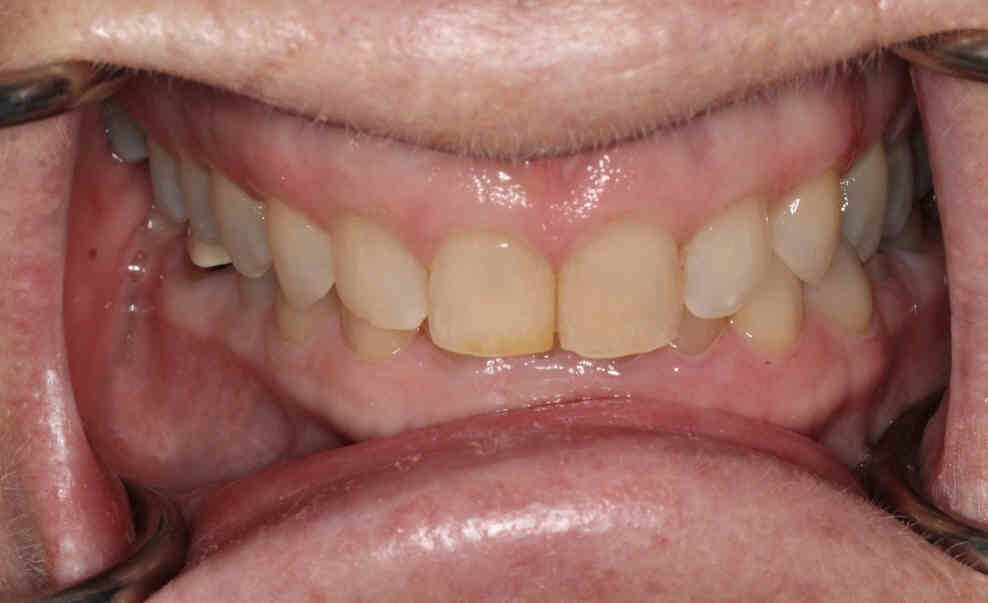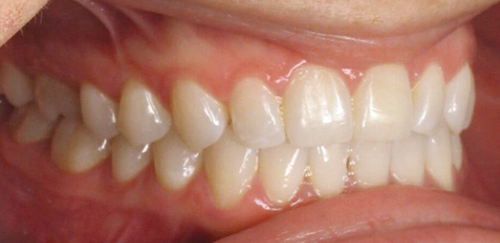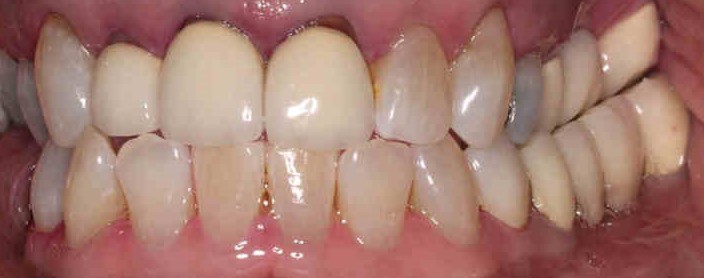When we meet new patients for the first time we often discover that many people are not thinking enough about the future, or don’t realize that the trajectory they are on doesn’t line up with the goals that they would like to achieve. In our office, we like to look toward the future and help our patients change their trajectory so they can achieve their oral health and wellness goals, but we also spend a lot of time looking into the past. We emphasize prevention as a way to eliminate oral health problems in the future, and we dig deep into the past as a way to determine a root cause of presenting issues. Many of the issues we discover can even develop before birth, in utero. We like to collect each patient’s dental history because it is the foundation for their current state of oral health. We also like to set goals with our patients and learn about their ideal wants and needs for the future. We do these things with a focus on the present state of each patient’s teeth, mouth, and oral health. Outside of conversation, we do this is by taking photographs. We take photographs for both adult and pediatric patients and review them with the patient or the child’s parent.
The photographs we take help us educate our patients about inflammation, decay, occlusion and bite, the jaw joint, wear on the teeth from clenching and grinding, palate size, and tongue placement. We are able to spend time with each patient evaluating the current state of their mouth so they can see what we see during the diagnostic process. We have realized that few people are able to read dental xrays in the way that dental professionals can, however people are able to identify what they see in photographs with ease!
Below are a few examples of photographs we have taken and what the patient learned from them.
The next two photos are of a pediatric patient and an adult patient who both have a deep bite.

This patient is 12 years old with no previous orthodontic treatment and several primary teeth remaining.

This patient is in their 70s with no previous orthodontic treatment. They have several posterior cracked and broken teeth.
For the pediatric patient, we were able to compare the child’s bite to a properly aligned jaw joint and determine that the occlusion and alignment would lead to problems in the future. Addressing the deep bite early on will prevent the child from developing into an adult with cracked and broken teeth, and airway issues caused from the facial muscles collapsing. The pediatric patient is now undergoing a form of non-traditional orthodontic treatment to correct their bite. For the adult patient, treatment is much more complex. The early intervention being offered to the pediatric patient will ensure that the child is not undergoing complex restorative dental work in their 70s, or experiencing airway issues throughout their life.
Below are examples of a healthy bite, a crossbite, and a bite with a hyperocclusion.



The healthy bite is not applying an excessive amount of force or pressure to any of the teeth. The force is distributed evenly and the patient is not clenching or grinding. The airway is not restricted and the patient is able to maintain proper tongue placement. The crossbite and hyperoccluded bite apply excessive pressure to the teeth, lead to clenching and grinding habits and can result in cracked and broken teeth if the bite is not altered. Both the crossbite and hyperoccluded bite can also cause airway issues and are often accompanied by an improper tongue placement and weak orofacial muscles. These problems do not correct themselves, they worsen over time. The photographs help us explain the concerns and risks of an improper occlusion to our patients.
